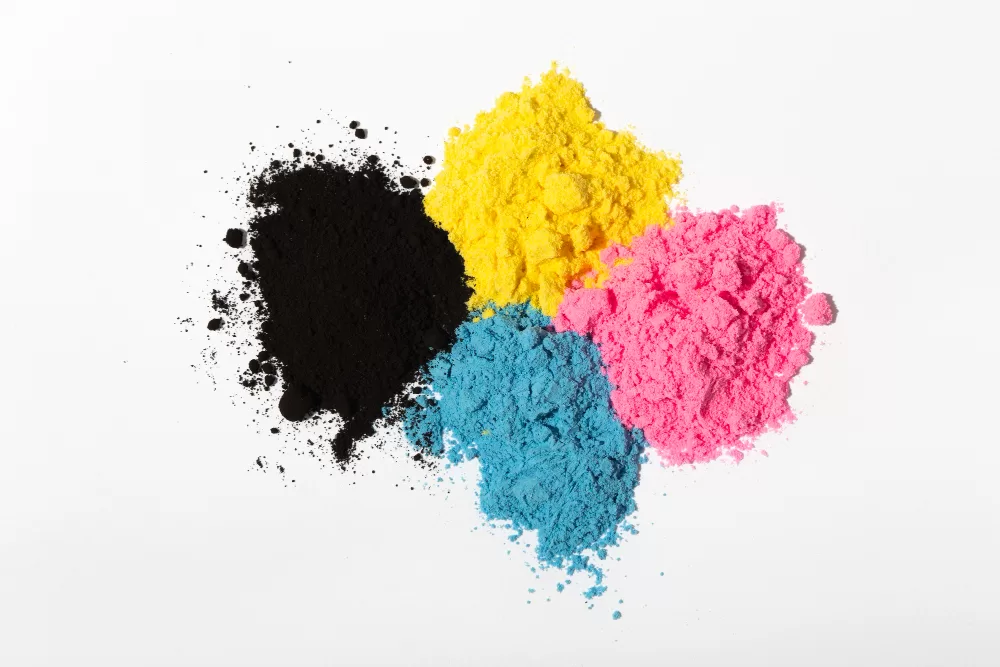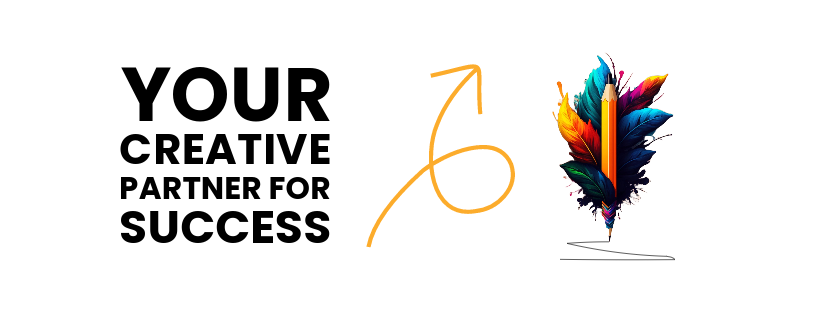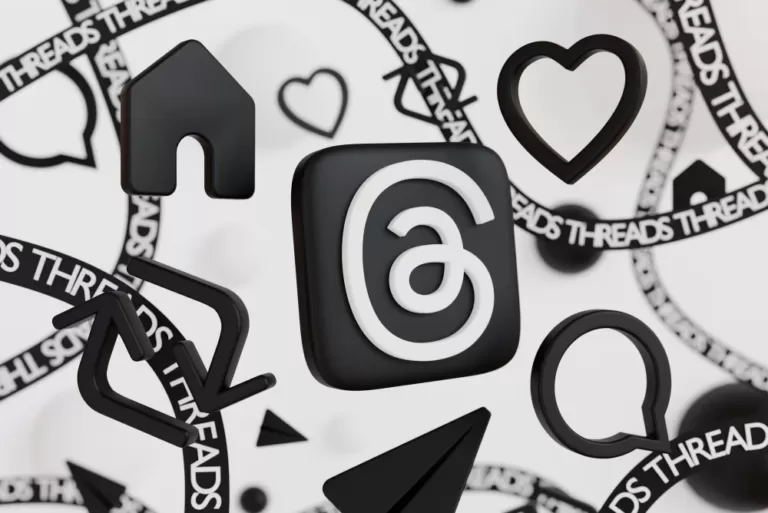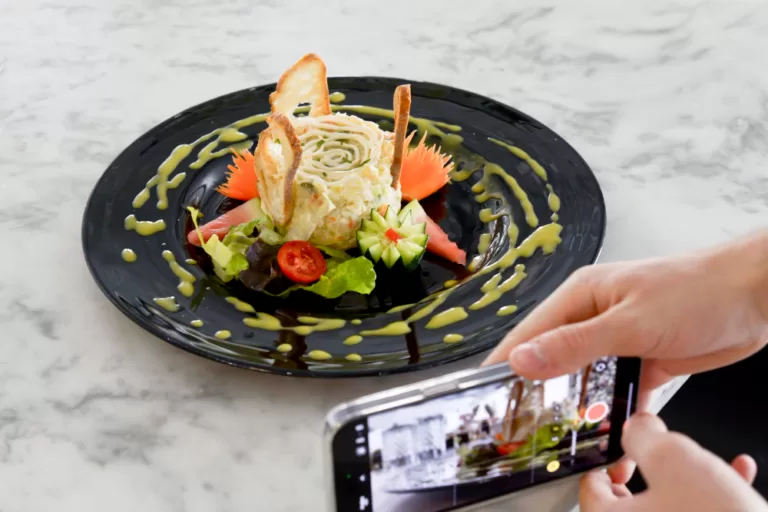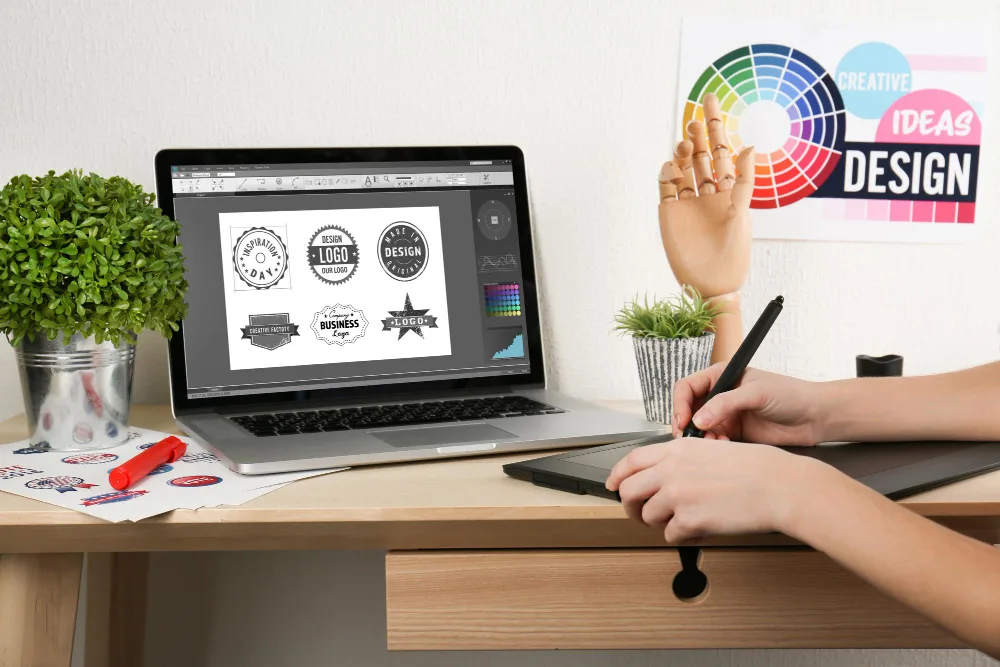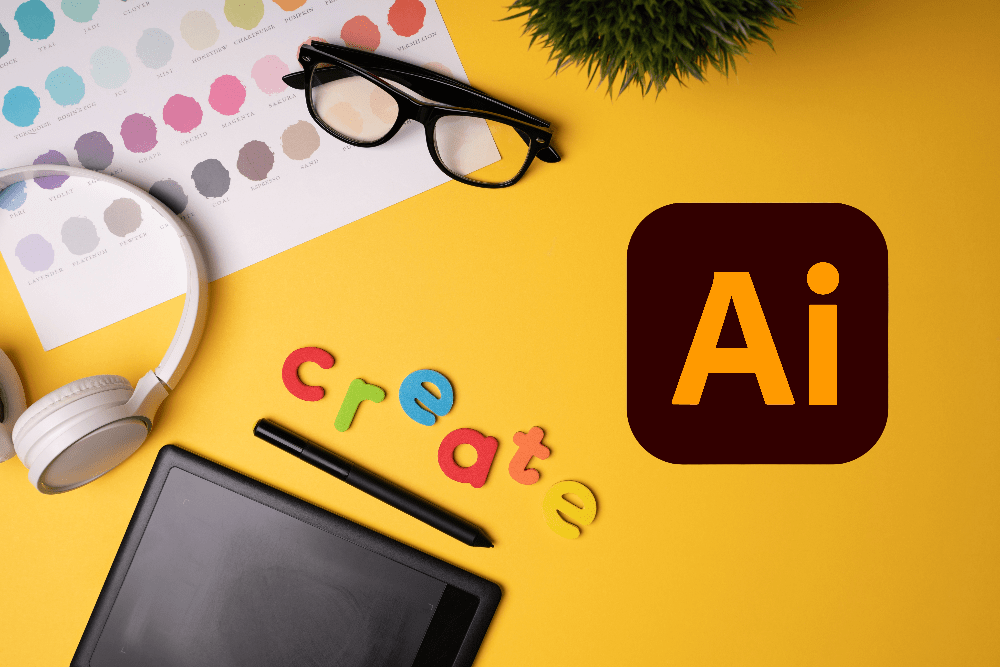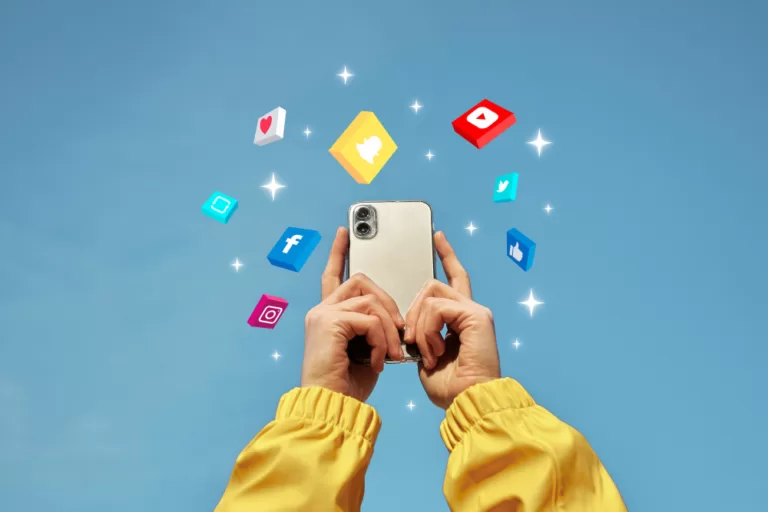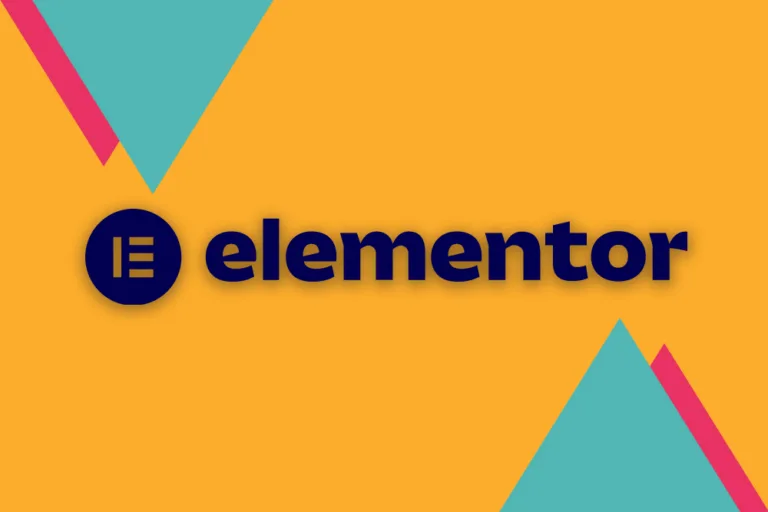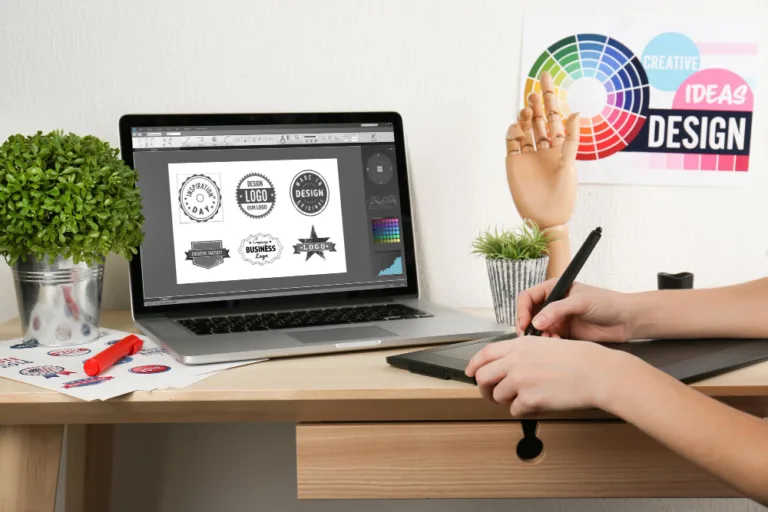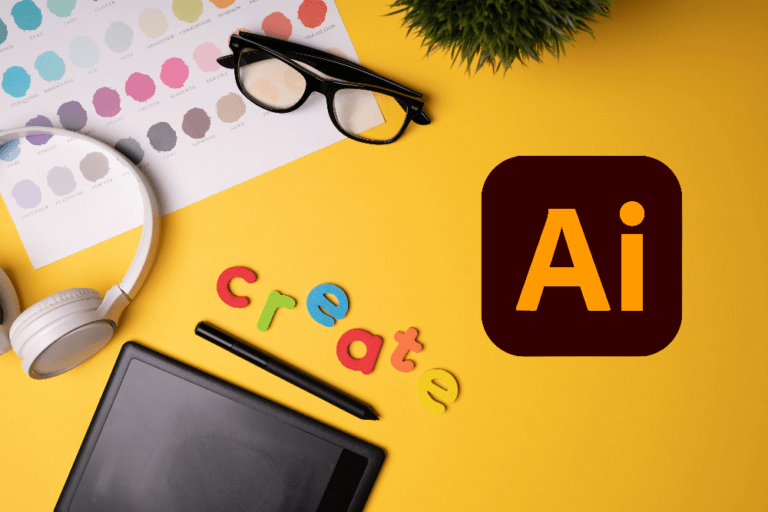Colour contrast is one of the most important parts of making compositions that look good and work well. Colour is a powerful tool that can be used to evoke emotions, establish a brand identity, and guide the viewer’s eye through a design.
However, not all colours are created equal. Some colours are more visually appealing and effective than others, especially when used in combination. This is where colour contrast comes in.
What is colour contrast?
Colour contrast is the difference in lightness or darkness between two colours. The higher the contrast, the more distinct the two colours will appear. Contrast is an essential principle of design that can be used to create eye-catching visuals and make important information stand out.
It refers to the degree of difference between two colours, measured in terms of their lightness (brightness), hue (pure colour), and saturation (intensity). High-contrast colour combinations are those where the colours are significantly different in one or more of these aspects. For instance, pairing a bright yellow with a deep blue creates a high-contrast combination due to the stark difference in their lightness values.
Types of Colour Contrast
Lightness contrast: This is the most common type of contrast, and it is created by using colours that have different values, or lightness and darkness levels. For example, black and white are the most contrasting colours, while light grey and light blue are much less contrasting.
Warmth contrast: This type of contrast is created by using colours that are opposite each other on the colour wheel. For example, red and green are warm and cool colours, respectively, and they create a high level of contrast.
Complementary contrast: This type of contrast is created by using colours that are adjacent to each other on the colour wheel. For example, orange and blue are complementary colours, and they create a high level of contrast.
Why is colour contrast important?
Contrast between colours is an essential component in graphic design for a variety of reasons.
- It makes important information stand out. When important information is presented in high contrast, it is easier for viewers to read and understand.
- It creates visual interest. Contrast can be used to create eye-catching visuals that are more likely to capture attention and keep viewers engaged.
- It can help to establish a brand identity. The colours that a company uses in its branding are often chosen to reflect its personality and values. Using high-contrast colours can help to make a brand’s identity more memorable and recognisable.
When using colour contrast in graphic design, there are a few things to keep in mind:
- Use a limited number of colours. Too many colours can create a chaotic and overwhelming design.
- Use high-contrast colours for important information. This will make it easier for viewers to read and understand.
- Use colour contrast to create hierarchy. The most important information should be presented in the highest contrast.
- Use colour contrast to create a sense of balance. A design with too much contrast can be jarring, while a design with too little contrast can be boring.
Here are some additional tips for using colour contrast effectively:
- Use a contrast checker tool. There are many online contrast checker tools that can help you ensure that your colour choices meet the WCAG (Web Content Accessibility Guidelines) standards.
- Get feedback from others. Ask friends, family, or colleagues to review your designs and give you feedback on the colour contrast.
- Test your designs on different devices. The way colours appear on different devices can vary, so it is important to test your designs on a variety of devices to ensure that they look their best.
Colour contrast is an essential principle of graphic design that can be used to create effective visuals. By following the tips in this guide, you can use colour contrast to make your designs more memorable, engaging, and effective.

